Varanasi Temple Tour 2 Night
- 2 NIGHTS/ 3 DAYS
- Private Van Tour
Tour Code: TGV/1050
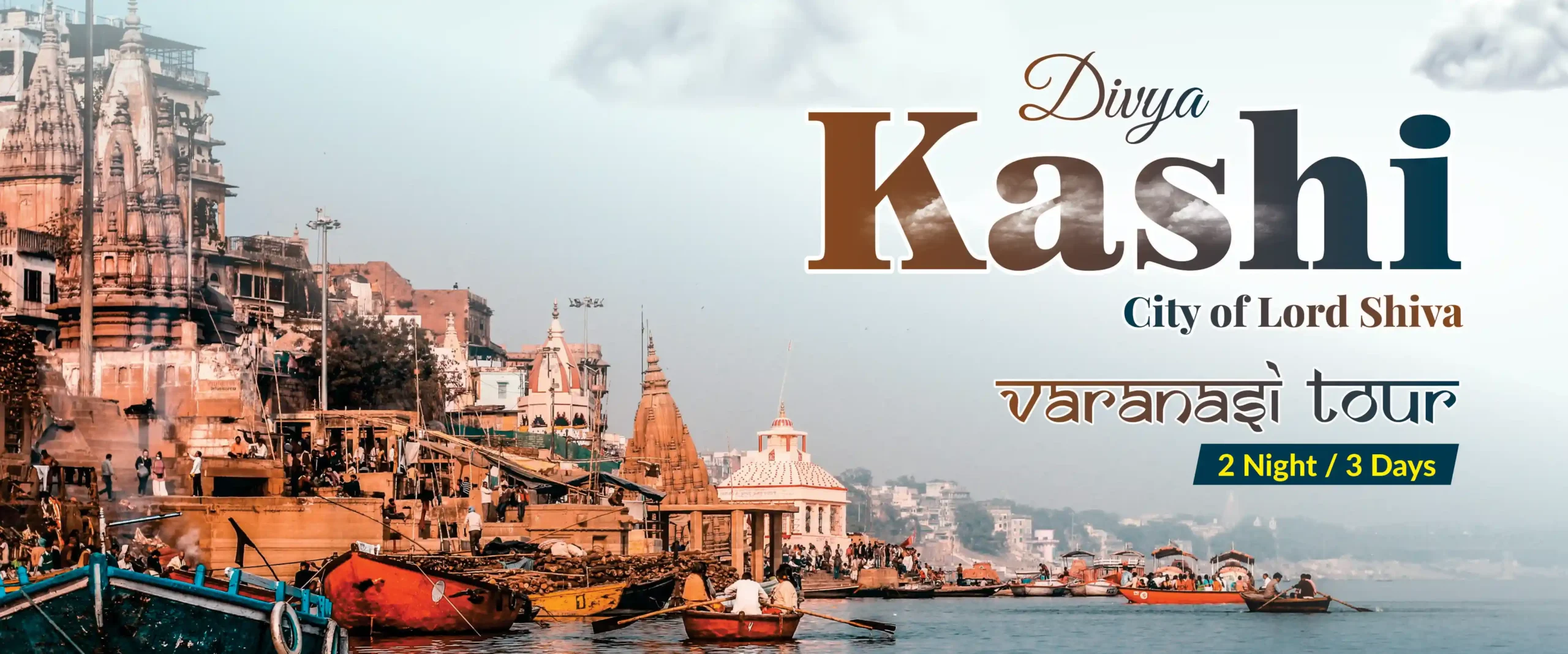
City : Varanasi (2 Night/ 3 Days)
Accommodation :
- 2 Night(s) in Varanasi at 3 Star Hotel or similar.
Meals :
- 3 Breakfast
Vehicle :
- Sedan Car
- Ertiga Car
- Innova Crysta
Seightseeing :
- Ganga Aarti
- Boat ride on the ganges river
- Shree Annapurna Mandir
- Kashi Vishwanath Temple
- Sankat Mochan Hanuman Mandir
- Shri Satyanarayan Tulsi Manas Mandir
- Durga Temple
- Sarnath Museum
- Dhamekh Stupa
- Chaukhandi Stupa
- Ramnagar Fort
MAKE A BOOKING
- Day wise travel itinerary
Day 1 : Varanasi Arrival + Ganga Arti
We will pick you up from the Airport or Railway Station and take you to your hotel for check-in.
In the evening, get ready for a very special experience at the River Ganga. Witness the famous Ganga Aarti at the ghats, a truly spiritual and peaceful moment. (You can also enjoy the Aarti from a boat – optional, extra cost). Overnight stay at hotel in Varanasi.
Include Meals : Breakfast
Day 2 : Varanasi – Morning Boat Ride-Temple Tour
Early morning, enjoy a peaceful boat ride on River Ganga. Watch devotees praying to the Sun God and taking a holy dip. The boat will take you across the famous ghats of Varanasi. Later, visit the sacred Kashi Vishwanath Temple and Annapurna Temple. Return to the hotel for breakfast.
In the afternoon, go for a city tour covering Bharat Mata Temple, Sankat Mochan Hanuman Temple, Manas Mandir, Durga Temple, and BHU.
Evening is free for shopping and exploring the local markets. Night stay at hotel in Varanasi.
Include Meals : Breakfast
Day 3 : Varanasi – Sarnath + Ramnagar
After breakfast, proceed to Sarnath, the holy place where Lord Buddha gave his first sermon. Visit famous sites like Buddha Temples, Dhamekha Stupa, Chaukhandi Stupa, and the Archaeological Museum.
Later, explore the historic Ramnagar Fort, once the residence of the Maharaja of Benaras. The fort has a museum with unique collections such as old weapons, astrological clocks, and royal artifacts. You can also choose to return from Ramnagar to Varanasi by boat (optional, extra cost).
After the tour, we will drop you at the Airport or Railway Station for your return journey.
- Seightseeing - Varanasi | India
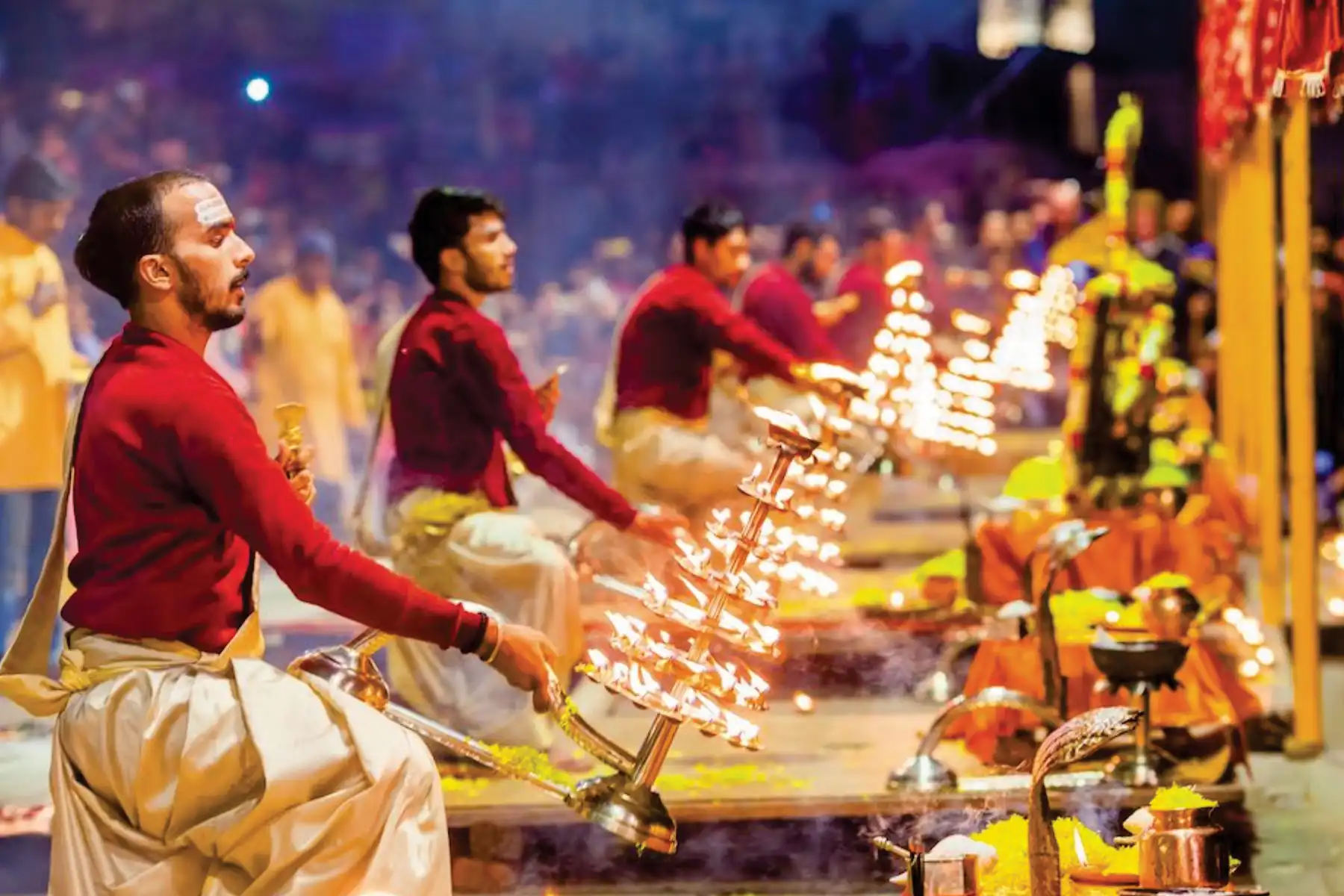
Ganga Aarti
Varanasi is one of the oldest and holiest cities in the world, located on the banks of the sacred River Ganga. The city is known as the spiritual heart of India, where millions of devotees come every year to seek blessings and peace.
Every evening at Dashashwamedh Ghat, the famous Ganga Aarti is performed by a group of priests dressed in traditional clothes. With lamps, incense, and chanting of mantras, the atmosphere becomes divine and magical. This Aarti is a prayer dedicated to Lord Shiva, Goddess Ganga, the Sun, Fire, and the entire universe created by Lord Shiva.
Watching the Ganga Aarti is a once-in-a-lifetime experience. The shining lamps, the sound of bells, and the fragrance of incense fill the air with spirituality. On special festivals and also on Tuesdays, a grand and special Aarti is performed here, attracting even larger crowds.
Varanasi is not just a city, it is a place where faith, culture, and tradition come alive every day.
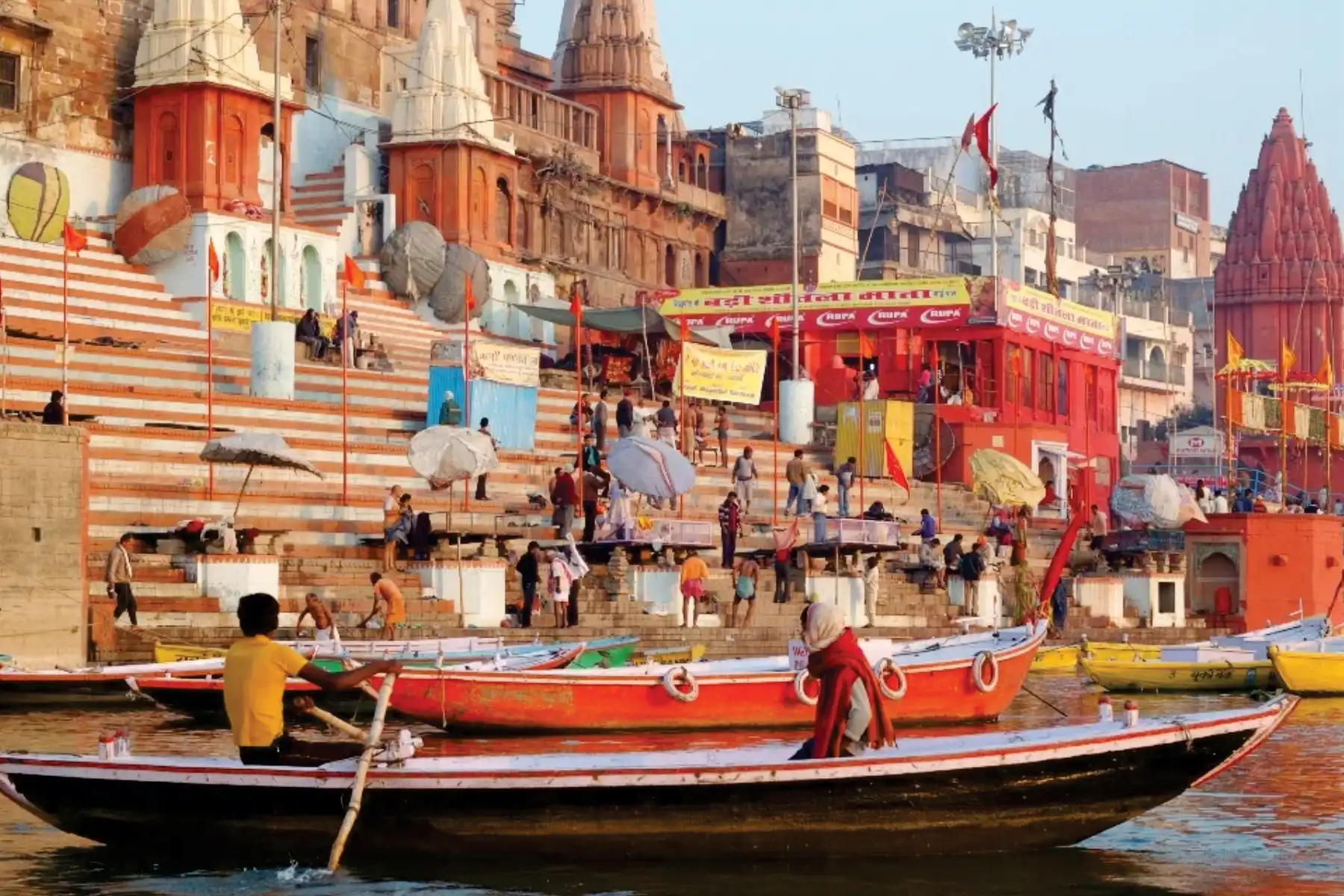
Boat Ride on the Ganges River
The sunrise boat tour in Varanasi was an amazing experience. We met Monu at Assi Ghat early in the morning, where everything was well arranged. The boat was ready, and we enjoyed watching the beautiful sunrise, devotees taking a holy dip, and the traditional rituals on the ghats. If you are visiting Varanasi, we truly recommend Monu as your guide.
The Ganga River Boat Tour has been a tradition for many generations. It gives you a chance to explore the holy city of Varanasi from the river.
You can choose morning tours with special breakfast, daily rides, or evening tours. Both hand-rowed and motor boats are available. We also organize special boat events to make your moments memorable.
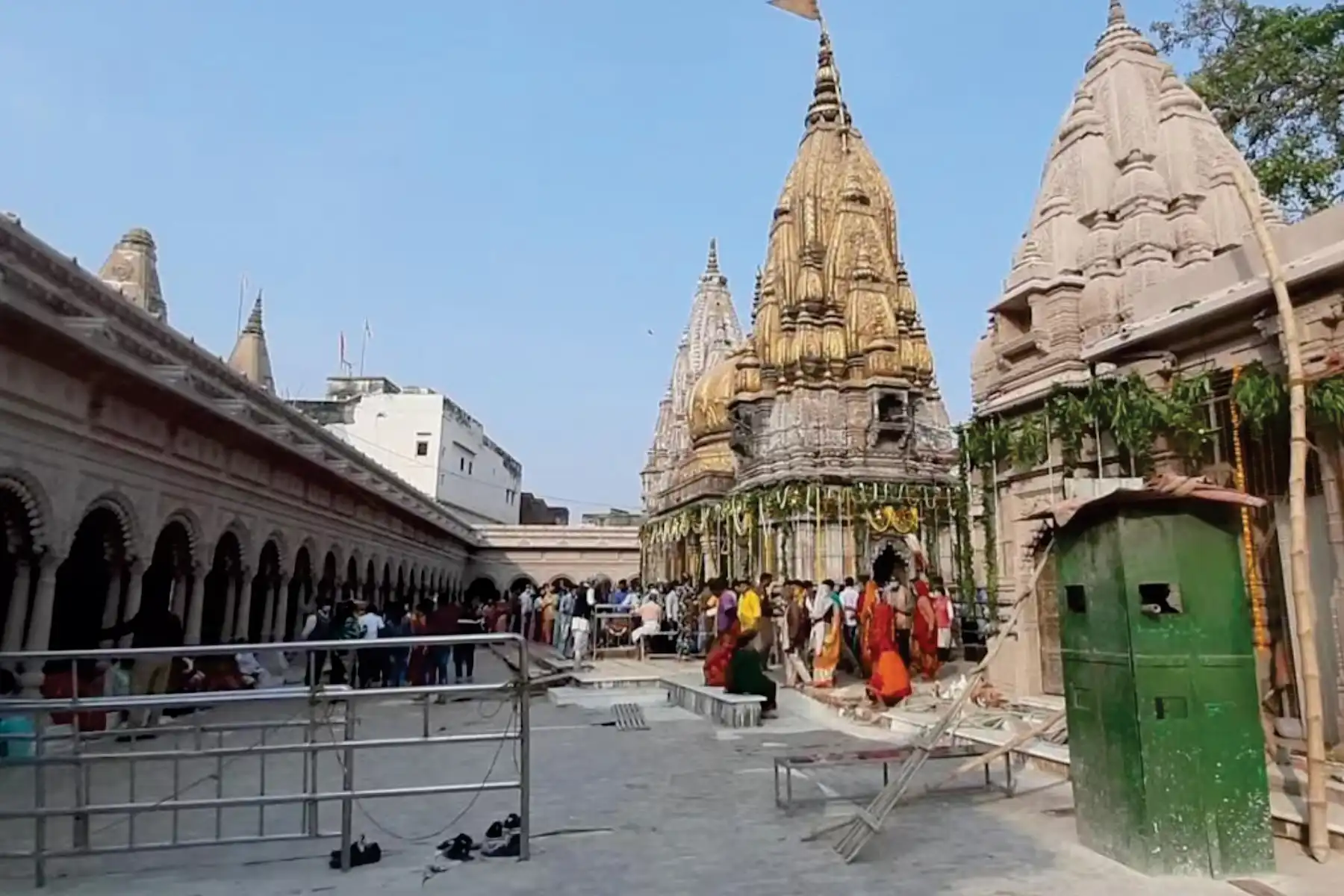
Shree Annapurna Mandir
Annapurna Devi, also known as Bhavani Devi, is one of the most important deities in Kashi – the oldest and holiest city on earth. Since ancient times, people from all over India and abroad have been visiting Kashi to take blessings of Lord Vishwanath and Goddess Annapurna Devi.
According to the Kashi Khand, devotees should go around (circumambulate) the idol of Maa Annapurna 108 times on Chaitra month’s Shukla Paksha Ashtami.
By doing this, it is believed that one gets the benefit equal to visiting all mountains, seas, holy ashrams, islands, and even the whole world.
It is also said that devotees should go around the deity 8 times daily and worship Maa Annapurna. If anyone faces difficulties in Kashi, by worshipping her with devotion, they will be blessed with prosperity, peace, and freedom from obstacles. The Kashi Khand beautifully describes the greatness and power of Maa Bhavani (Annapurna Devi).
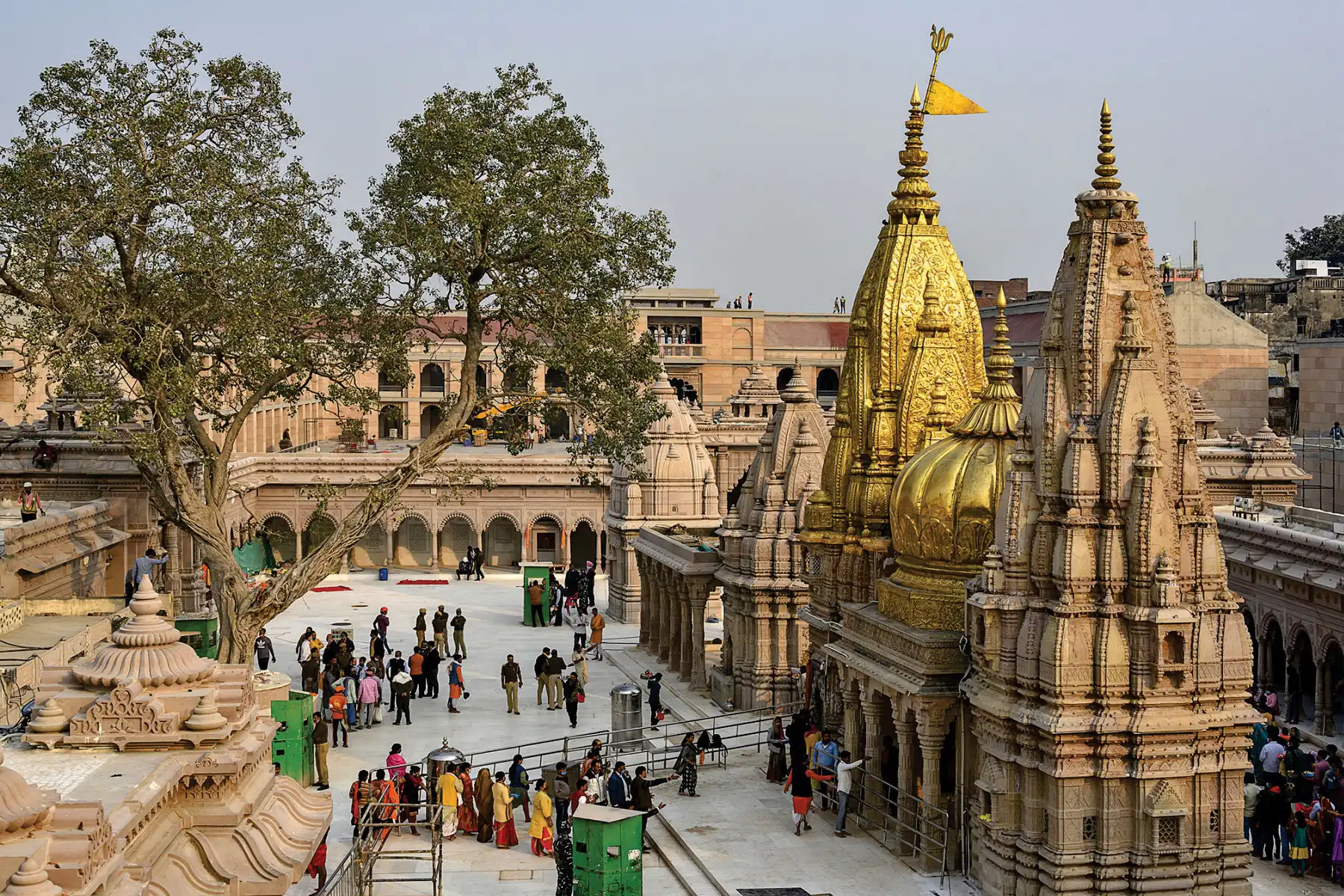
Kashi Vishwanath Temple
The Kashi Vishwanath Temple is one of the most famous and sacred Hindu temples dedicated to Lord Shiva. It is located in Vishwanath Gali, near the holy city of Varanasi in Uttar Pradesh. This temple holds a very special place in Hinduism, as it is counted among the twelve Jyotirlingas – the most sacred abodes of Lord Shiva.
Thousands of devotees from all over India and abroad visit this temple every day to seek blessings of Baba Vishwanath.
and spiritual energy. The sacred River Ganga flows nearby, which makes the temple’s surroundings even more divine.
According to belief, a visit to the Kashi Vishwanath Temple and a dip in the holy Ganga washes away sins and leads one towards salvation (moksha). For centuries, saints, devotees, and travelers have considered Kashi Vishwanath the ultimate spiritual destination.
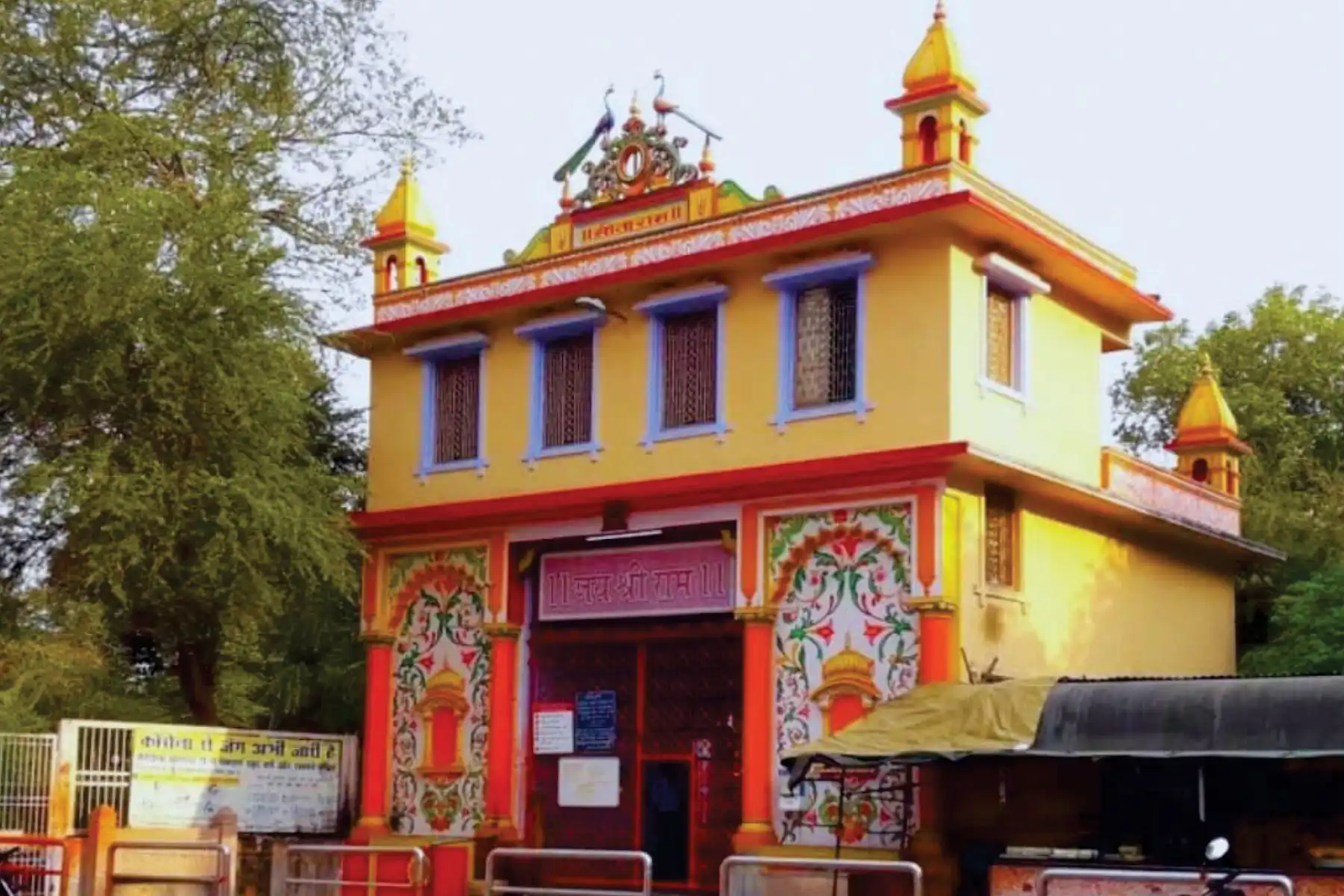
Sankat Mochan Hanuman Mandir
Sankat Mochan Hanuman Temple is one of the most popular and sacred temples in Varanasi, Uttar Pradesh, dedicated to Lord Hanuman. The temple was established in the early 16th century by the great Hindu saint and poet Goswami Tulsidas, the author of the Ramcharitmanas. It is believed that Lord Hanuman himself appeared in Tulsidas’s dream and guided him to build this temple.
The temple is located near the Assi River and is always filled with devotees who come to seek blessings of Sankat Mochan, the one who removes all troubles and difficulties. Every Tuesday and Saturday, the temple witnesses a huge crowd of devotees offering prayers, chanting Hanuman Chalisa, and presenting laddoos, which are considered the most favorite prasad of Lord Hanuman.
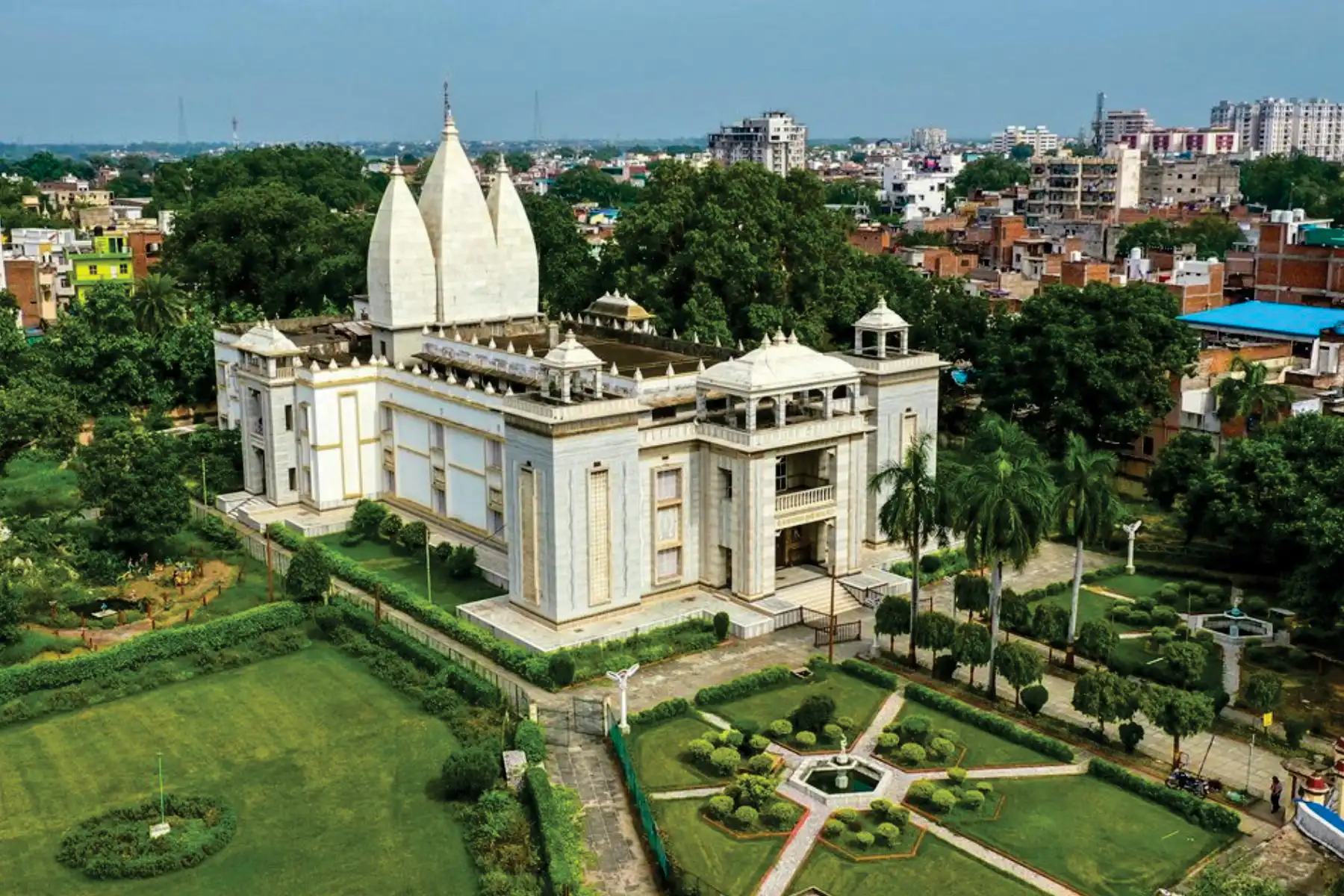
Shri Satyanarayan Tulsi Manas Mandir
Tulsi Manas Mandir is one of the most famous and beautiful temples in the holy city of Varanasi. This temple holds great importance in Hindu history and culture because it is the place where the great saint, poet, and philosopher Goswami Tulsidas wrote the Ramcharitmanas in the 16th century.
The temple is made of white marble and has walls decorated with verses and scenes from the Ramcharitmanas, which narrates the life and teachings of Lord Ram.
Devotees visiting the temple can feel deep peace and devotion while reading these inscriptions. Tulsi Manas Mandir is not only a place of worship but also a center of learning and inspiration. It connects devotees with the values of truth, love, and devotion as described by Tulsidas. For pilgrims coming to Varanasi, a visit to this temple is considered very special, as it combines spiritual faith with cultural heritage.
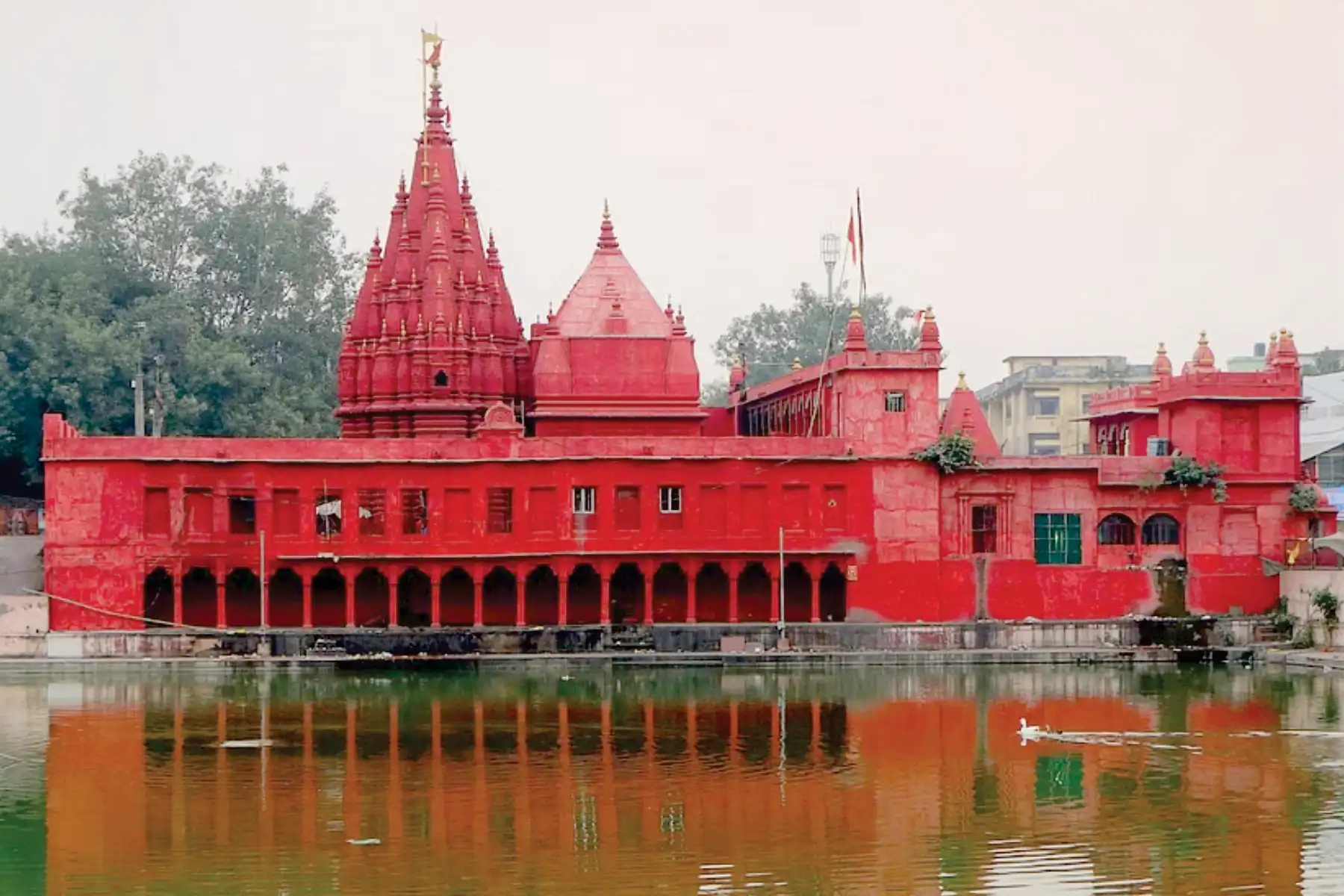
Durga Temple
Durga Mandir, also known as Durga Kund Mandir, is one of the most popular and sacred temples in Varanasi. This temple is dedicated to Goddess Durga, who is worshipped as the symbol of strength and protection. Built in the 18th century by Rani Bhabani of Natore, the temple reflects the deep devotion and faith of devotees towards Maa Durga.
The temple is built in the Nagara style of architecture and is painted in red, which represents the power and energy of the Goddess.
Just beside the temple is a sacred pond called Durga Kund, which adds to the beauty and spiritual charm of the place.
Every day, hundreds of devotees visit the temple to offer prayers, but during Navratri the temple becomes even more special as thousands of people gather here to worship Maa Durga with great devotion. Visiting this temple is believed to bring courage, positivity, and blessings of the Goddess.
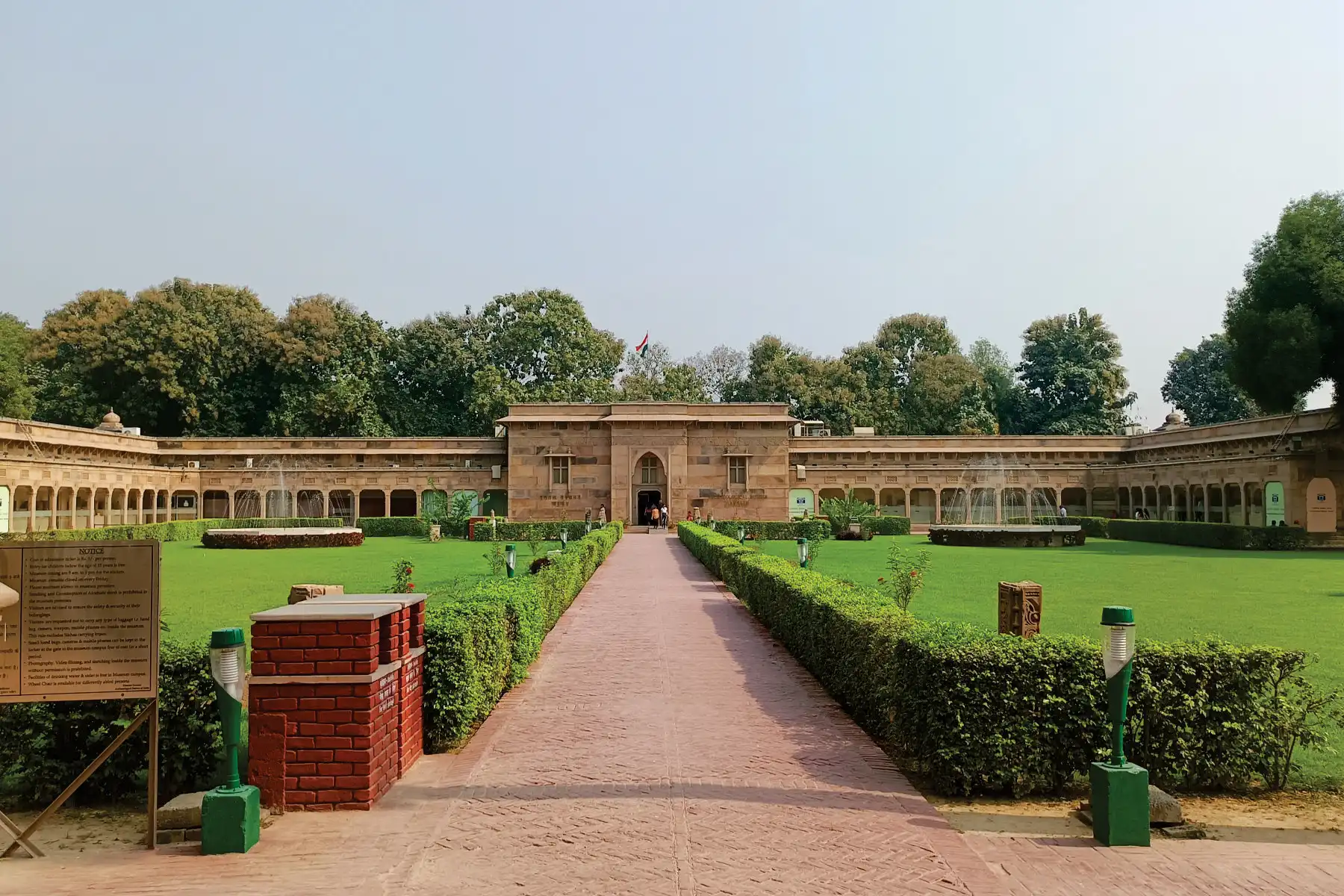
Sarnath Museum
Sarnath Museum is the oldest site museum of the Archaeological Survey of India. It is located near Varanasi, Uttar Pradesh, and was built to preserve the valuable discoveries from the ancient site of Sarnath. The museum has a rich collection of around 6,800 sculptures, statues, and artefacts, which show the glory of India’s past.
In 1904, the Government decided to create a museum near the excavated site to keep all the antiquities safe. With the efforts of Sir John Marshall, who was then the Director General of Archaeology in India, the idea became reality. The design of the building was made by architect James Ramson, and by 1910 the museum was completed.
The building is specially designed to look like half of a monastery (Sangharam), making it unique and connected to Buddhist traditions. Today, the Sarnath Museum is not only a treasure house of history but also an important place for visitors and researchers to study India’s ancient art and culture. One of its most famous exhibits is the Lion Capital of Ashoka, which is also the National Emblem of India.
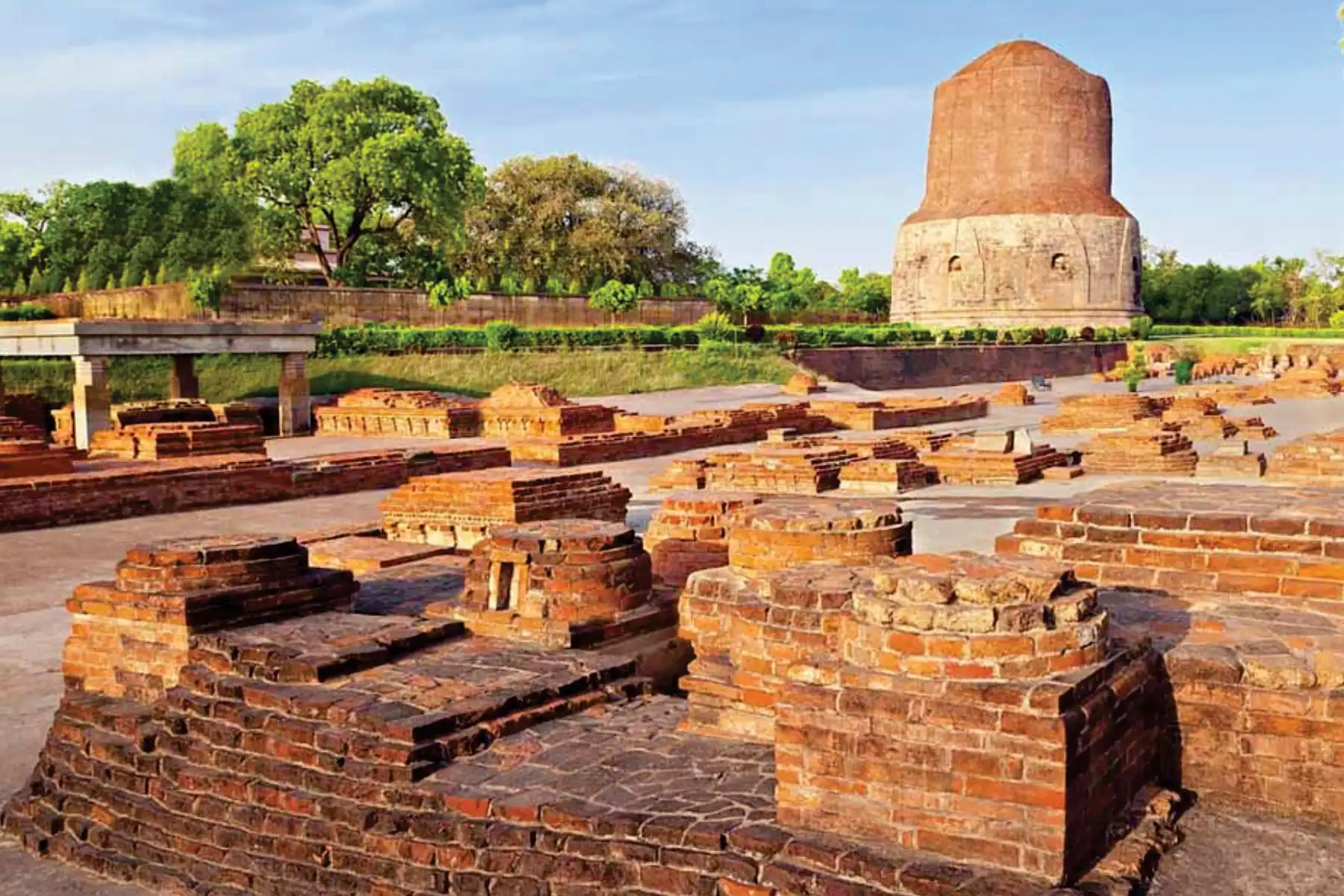
Dhamekh Stupa
Dhamek Stupa is one of the most important and sacred monuments of Buddhism, located at the archaeological site of Sarnath near Varanasi, Uttar Pradesh. This massive stone and brick structure was built to mark the very place where Lord Buddha gave his first sermon to his five disciples after attaining enlightenment at Bodh Gaya. It was here that the ‘Dharma Chakra Pravartan’ (Turning of the Wheel of Dharma) took place, which laid the foundation of Buddhism.
The stupa stands as a solid cylindrical tower, about 43.6 meters high and 28 meters in diameter, making it an impressive sight even today. The lower part of the structure is beautifully decorated with intricate carvings of flowers, human figures, and geometric patterns that reflect the artistry of ancient times.
For Buddhists, the Dhamek Stupa is not only a historical monument but also a sacred place of worship. Devotees from all around the world visit here to meditate, offer prayers, and walk around the stupa as a mark of respect. The peaceful surroundings of Sarnath, along with the presence of the stupa, make it a truly spiritual and memorable experience. Visiting Dhamek Stupa connects one with the life and teachings of Lord Buddha and the origins of Buddhism.
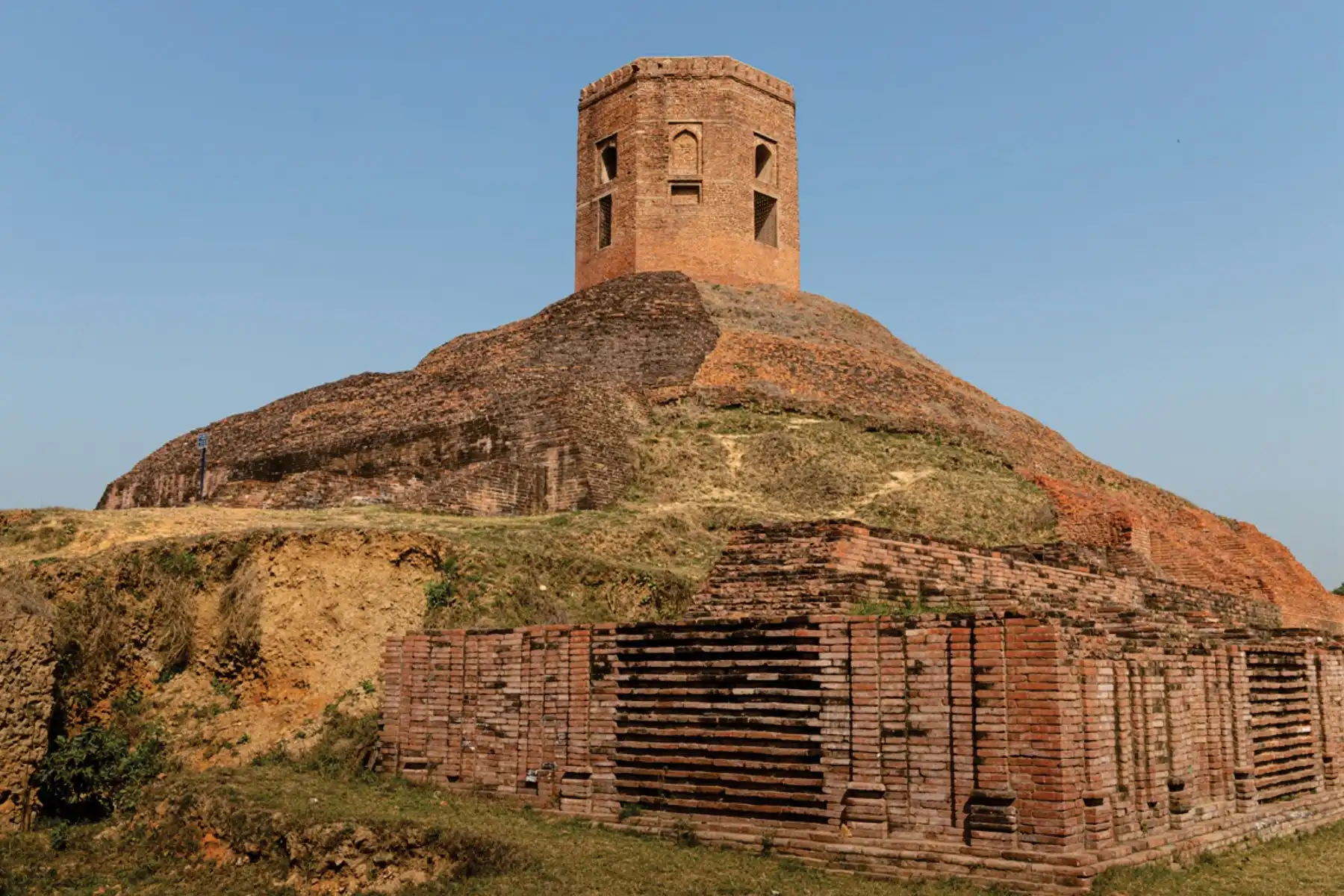
Chaukhandi Stupa
Chaukhandi Stupa is an important Buddhist monument located in Sarnath, about 8 kilometers from Cantt Railway Station in Varanasi, Uttar Pradesh. This stupa was originally built as a burial mound, but over time it evolved into a sacred structure that serves as a shrine to preserve the relics of Lord Buddha.
The Chaukhandi Stupa marks the place where Lord Buddha first met his five disciples after attaining enlightenment. This meeting later became the beginning of spreading his teachings. The stupa has a unique architecture, with a square base and an octagonal tower built later during the Mughal period.
Today, the Chaukhandi Stupa is not only a historical monument but also a spiritual site. Pilgrims and tourists from all over the world visit here to feel the peace of the place and connect with the early history of Buddhism. Surrounded by greenery and calmness, the stupa is an important part of the Buddhist circuit in India.
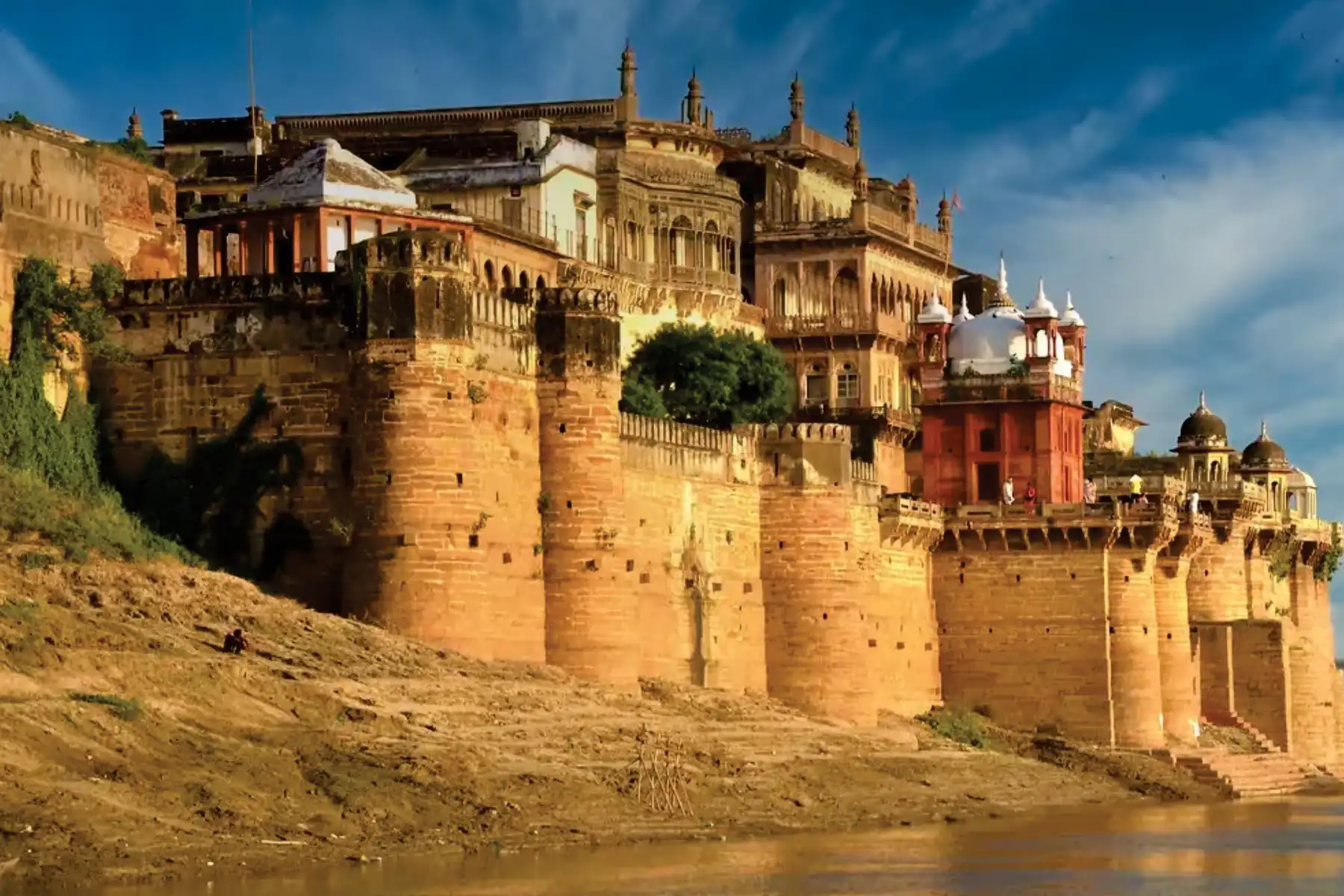
Ramnagar Fort
Ramnagar Fort is a historic fort located in Ramnagar, on the eastern bank of the River Ganga, directly opposite the famous Tulsi Ghat in Varanasi, Uttar Pradesh. The fort was built in 1750 by Kashi Naresh Maharaja Balwant Singh using red sandstone in the Mughal architectural style. Since the 18th century, it has been the royal residence of the rulers of Kashi, known as the Kashi Naresh. Even today, the present king, Anant Narayan Singh, resides here, though the royal title was officially abolished in 1971.
The fort complex includes a temple, a palace, and a museum that attracts many visitors. The museum inside the fort displays a rare collection of vintage cars, royal costumes, antique weapons, ivory works, manuscripts, and old clocks. One of its most interesting exhibits is a massive astronomical clock that shows not only time but also details like the sun, moon, and planetary positions.
Though the fort has lost some of its grandeur over time, it still remains an important cultural and historical landmark. The view of the fort from across the Ganga is especially beautiful, and the surrounding ghats add to its charm. For visitors, Ramnagar Fort is not just a glimpse into royal heritage but also a chance to experience the blend of history, tradition, and the timeless beauty of Varanasi.

